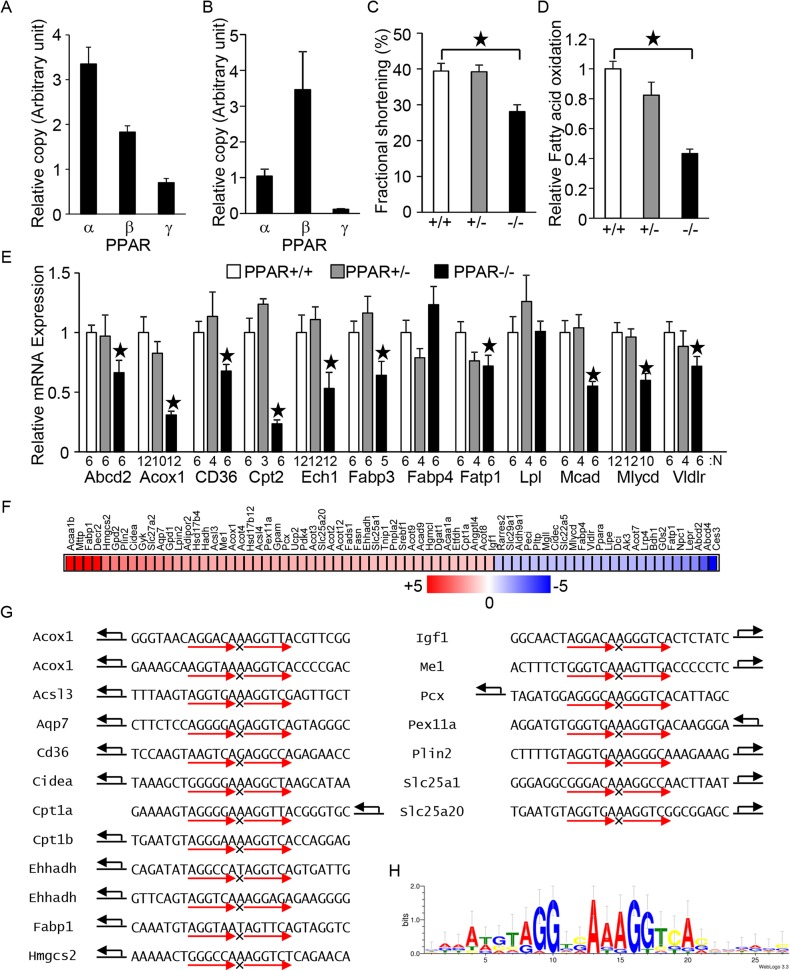Fig 1. The putative PPARα response element in the heart.
(A-B) PPARα is a major PPAR isoform in the heart. Relative copy numbers of PPAR isoforms at the mRNA level in FVB background mice (A) and in primary cultured neonatal cardiac myocytes (B) were examined by qPCR with isoform-specific PCR primers (n = 12 (A) and 5 to 6 (B)). (C) PPARα is required for cardiac systolic function at baseline. Echocardiographic measurements were performed on the indicated mouse genotypes. The cardiac systolic function was evaluated by determination of fractional shortening (n = 16–19). (D) PPARα is required for cardiac fatty acid oxidation activity. Fatty acid oxidation activity was measured in PPARα knockout mice (n = 5–9). (E) PPAR target gene expression in PPARα knockout mice. The relative mRNA levels were examined by qPCR. Both sexes of 2- to 6-month-old mice were used. The numbers of mice examined in each experimental group were indicated. (F) Relative PPAR target gene expression in Tg-PPARα mice. The heat map of PPAR target genes was generated according to the microarray results for NTg and Tg-PPARα. (G) Intrinsic PPRE sequences harbored by PPAR target genes upregulated in Tg-PPARα. The arrow indicates the transcription start site and direction of the gene body. The PPRE sequences were taken from published papers. (H) Putative PPRE consensus sequence in the heart. The PPRE sequence was generated using the PPREs shown in (G) with WebLogo [26].

